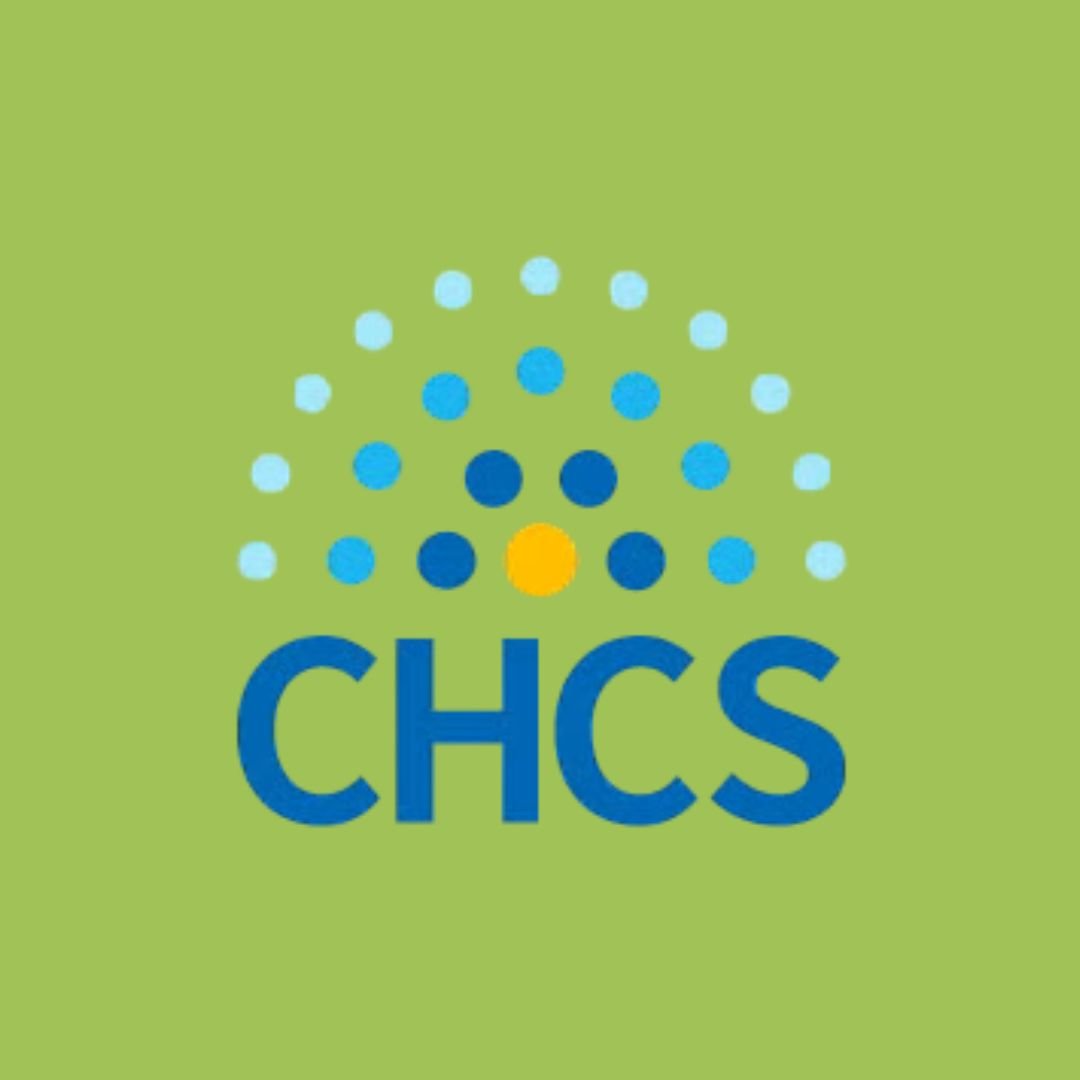
Lasting change requires community and collaboration.
Every year, women across the United States lose their lives to pregnancy- and childbirth-related complications.
Most of these deaths are preventable, with maternal mental health conditions—which affect 800,000 mothers annually—as a leading cause. Too often, the health care system prioritizes costly clinical interventions over the holistic, community-based care families need.
Despite spending more per capita on health care each year, the United States’ maternal mortality rates are higher than in any other industrialized nation in the world.
We take a collaborative approach to accelerating community-driven change, recognizing partnerships are essential to sustainability and every mother deserves a system they can trust.
FEATURED PROJECTS & PARTNERS

New Jersey Birth Equity Funders Alliance

Alma Program

Brazelton Touchpoints Center

Mamatoto Village

Center for Health Care Strategies

GirlTREK

Funders for Maternal Mental Health

Funders for Birth Justice & Equity

Institute for Medicaid Innovation & Every Mother Counts

Boldly Go Philanthropy

Perigee Fund


